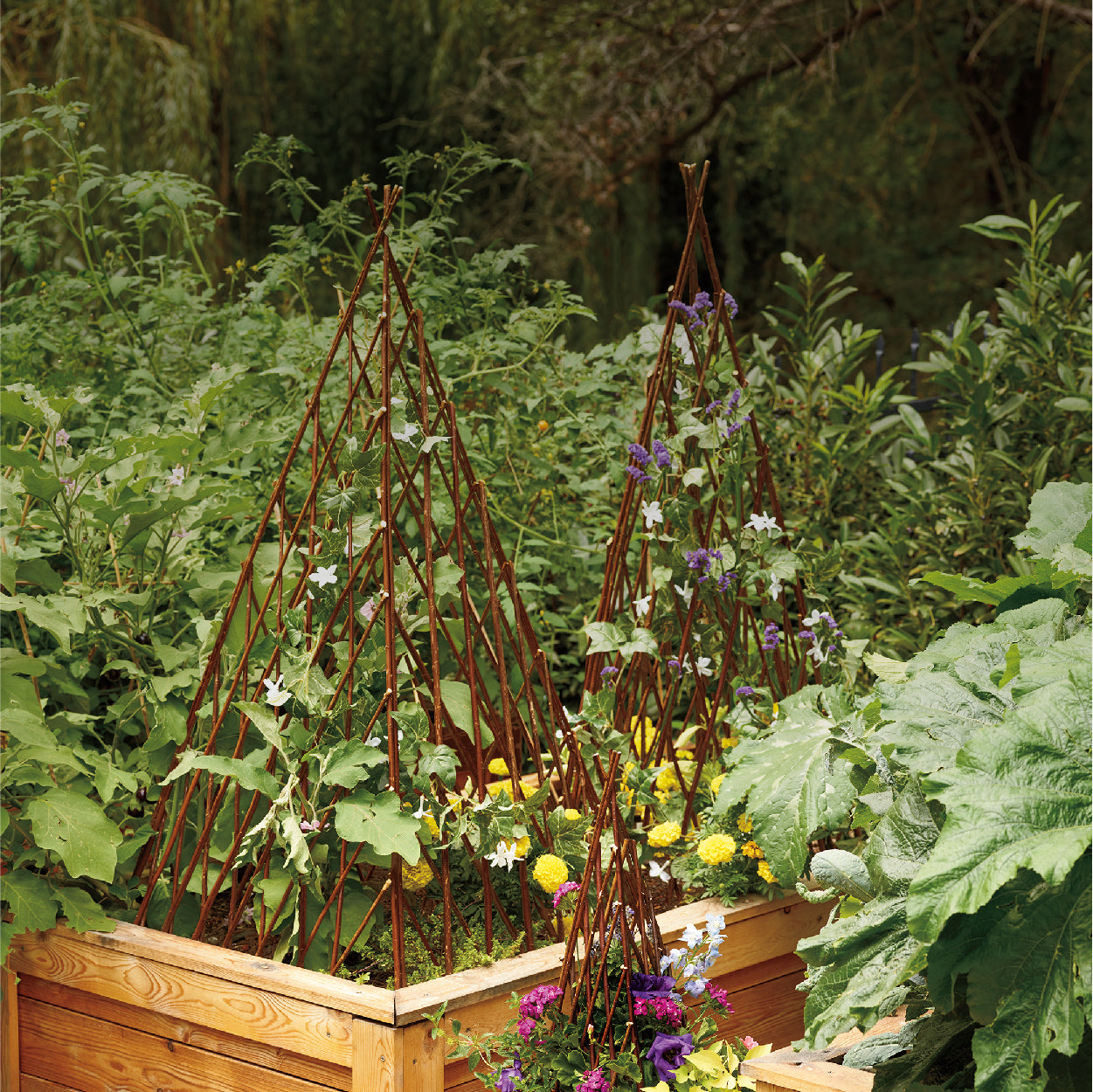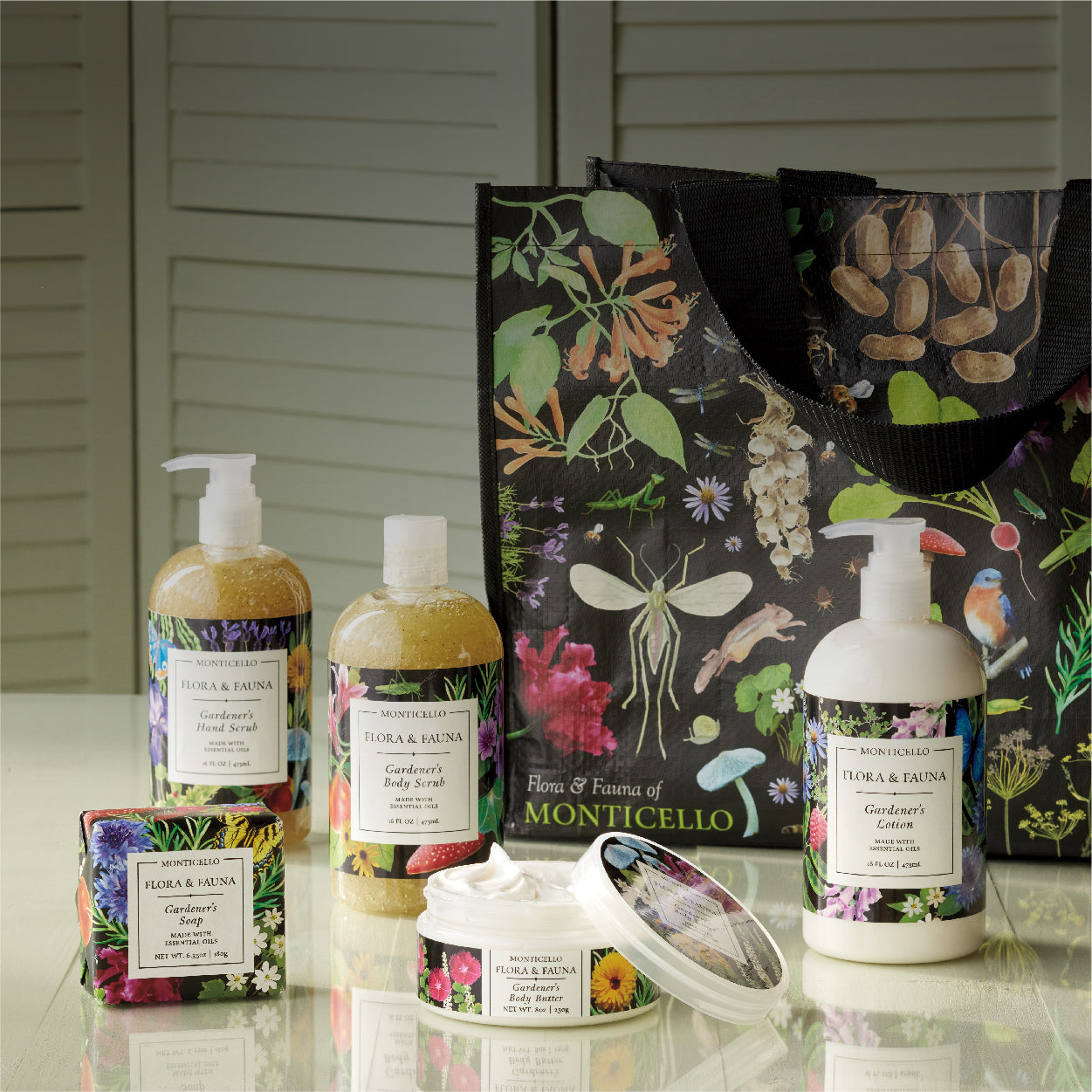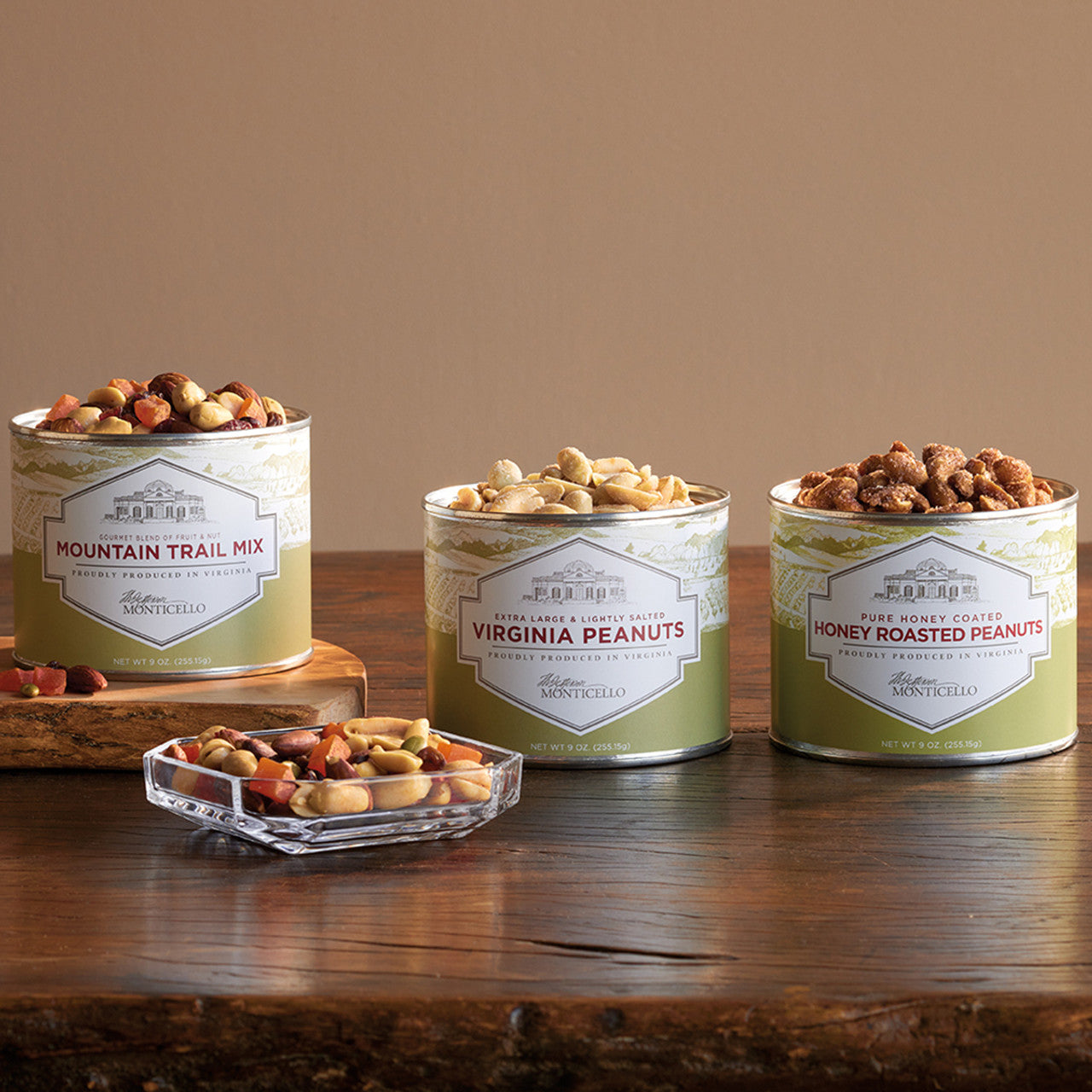Hardy, deciduous, North American tree
Description: Fragrant, open cup-shaped creamy-white flowers in late spring, 12 inches or more across; bright green leaves 20 to 30 inches long and 9 to 10 inches wide; cone-like fruits mature to red with red berries in fall
Habit: Grows up to 30 to 40 feet high and wide
Culture: Prefers moist, well-drained, humus-rich soil, preferably acidic to neutral; sun to partial shade
Hardiness: USDA Zones 5 through 9
Origin: North America
Attributes: Showy fruit
This spectacular but rare North American species is native to Central and Western Florida to Western Louisiana, North to North Carolina and the valley of the Green River, Kentucky. The showy blossoms have a distinctive purple spot at the base of each petal. It was discovered in June 1795, while in full flower, by the French naturalist, André Michaux, during his exploration of the Carolina Piedmont regions near Charlotte, North Carolina. This awe-inspiring tree was introduced around 1800 and created quite a sensation in France. The Empress Josephine was among the first to have this magnificent tree in her garden. In 1890, Peter Henderson described a 50-year old specimen planted on an estate in Queens, New York: “There is upon this tree every year hundreds of flowers, and it is no less conspicuous in autumn, with its large heads of bright scarlet fruit.”
This plant will ship bare root.
Bare root planting tips:
~ If you can't plant immediately, store your plant in a cool location and keep the roots moist or pot in a container with a nursery potting mix from your local garden center.
~ Before planting, let the roots soak for several hours as you prepare the site. You'll want to dig a large enough hole so the root mass can spread out and the plant is at the same soil level as when it was growing in the nursery.
~ Once planted, water it in well and wait a month before fertilizing. Mulching will help to maintain moisture and raise soil temperatures for faster growth.
Details
| Genus | Magnolia |
|---|---|
| Species | macrophylla |















